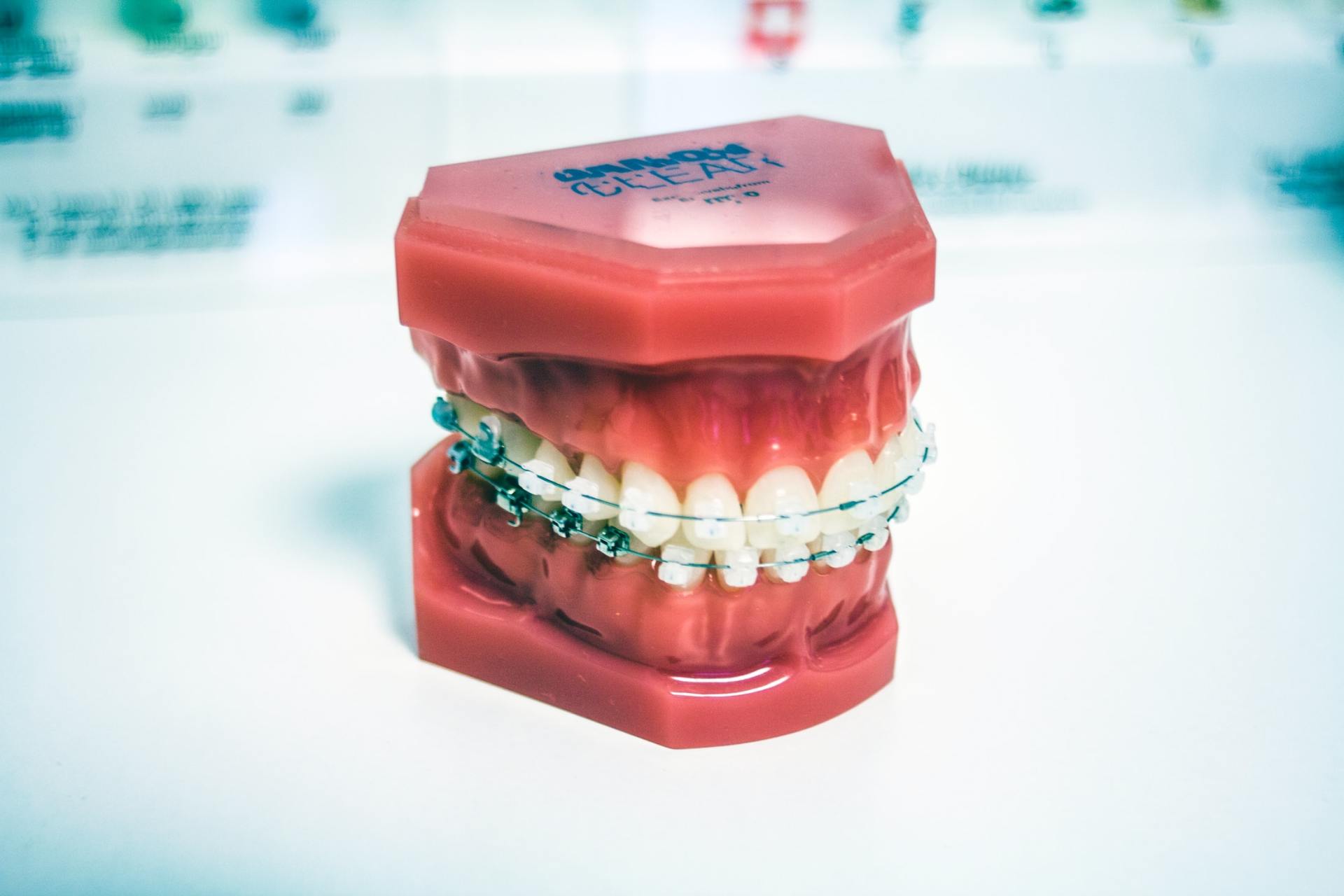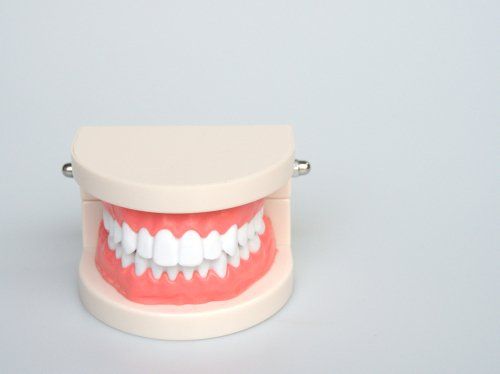Tooth Extraction
TOOTH EXTRACTIONS
A tooth extraction is a procedure by which one or more teeth are removed from their dental alveolus (socket), that is, from the bone that surrounds and supports them. There are several reasons why a tooth extraction is indicated, some of them may be:
· Advanced caries with considerable loss of tooth tissue, where it is no longer possible to keep the tooth in the mouth.
· Destruction of the bone surrounding the affected tooth.
· Lack of space in the dental arch.
· When it is no longer feasible to perform a restorative treatment in the tooth.
· Fractures or complicated trauma.
· Advanced periodontal disease where there is very pronounced tooth mobility.
· Supernumerary teeth (when there are one or more additional teeth in the oral cavity).
· Teeth associated with tumors and cysts.
· Partially erupted tooth, as is usually the case of third molars.
It is important to mention that tooth extractions are usually the last resort used by dentists when treating an infected tooth. They usually opt first for more conservative treatments that are intended to keep the tooth in the mouth, such as a dental restoration or root canal treatment.
When these options fail or due to the characteristics and progression of the lesion are no longer viable, is when it is decided to perform tooth extraction also called exodontia.
Before the dentist performs the extraction, it will first indicate blood tests such as hematology, x-rays and will inquire about the patient's medical history. This in order to evaluate that there is no medical condition that could compromise the performance of the extraction.
Likewise, with x-rays it is possible to study the position of the tooth (vertical, horizontal, inclined) in relation to the surrounding bone and neighboring teeth. It also allows to know the length and shape of the tooth root or roots (convergent or divergent), and thus determine the level of complexity of the procedure.
Dental extractions can be:
Simple, in which the tooth is visible in the mouth (no longer under the gums) so it is easily accessible. It is usually performed in cases of advanced caries, trauma or lack of space in the arch (an example of this is when the patient is about to start orthodontic treatment).
Surgical, is performed on teeth that have not yet broken through the gum line or those that have fractured below the gum line, when the roots are curved, etc. Here the dentist must make an incision in the gum surrounding the tooth and even remove a small portion of bone to access it.
How they are performed?
Days before the intervention, some dentists prescribe antibiotics to their patients to prevent the development of bacterial infections.
At the time of extraction, the first thing that is done is to infiltrate local anesthesia, which depending on the patient's preferences may or may not be accompanied by conscious sedation.
If the tooth is still under the gum, a procedure called a flap is performed, in which an incision is made in the gum to separate the mucosa and connective tissue covering the tooth. A small portion of the alveolar bone is then cut away so that the tooth is exposed and can be extracted.
If the anatomy of the tooth requires it, the dentist may perform another step called odontosection, in which the tooth is divided into several parts to facilitate its extraction.
In cases where the tooth is completely visible, after anesthesia, the dentist proceeds to separate it from the ligaments that hold it to the bone. The tooth is then loosened with an instrument called an elevator and then a series of careful but firm movements are made from one side to the other with an instrument called forceps in order to extract the tooth from the socket.
Once the tooth has been extracted, the socket is irrigated with physiological saline solution and a gentle curettage is performed to favor blood irrigation and the formation of the clot. And in those patients in whom a flap has been made, the wound area should be sutured.
After the intervention, it is essential that the patient follows the indications given by the dentist, since all oral surgery procedures can lead to minor or major complications. It is also a way of minimizing inflammation and avoiding the development of infections or the opening of the stitches.
Postoperative indications:
-Stick to analgesic treatment.
-Bite the gauze over the surgical area for 30 minutes.
-Do not spit or make sucking movements as this may dislodge the blood clot.
-Perform oral hygiene in the area involved with care.
-Do not smoke for at least 7 days after the procedure since the smoke generated delays healing.
In case the patient presents prolonged or severe pain, bleeding or fever, the dentist should be consulted immediately.
whitenwithhyten.com - Digital Marketing By Smart Digital
* DISCLAIMER - We use text messaging to contact our patients. By entering your phone number, you consent to texts. Rates and terms apply. Text STOP to opt out.










